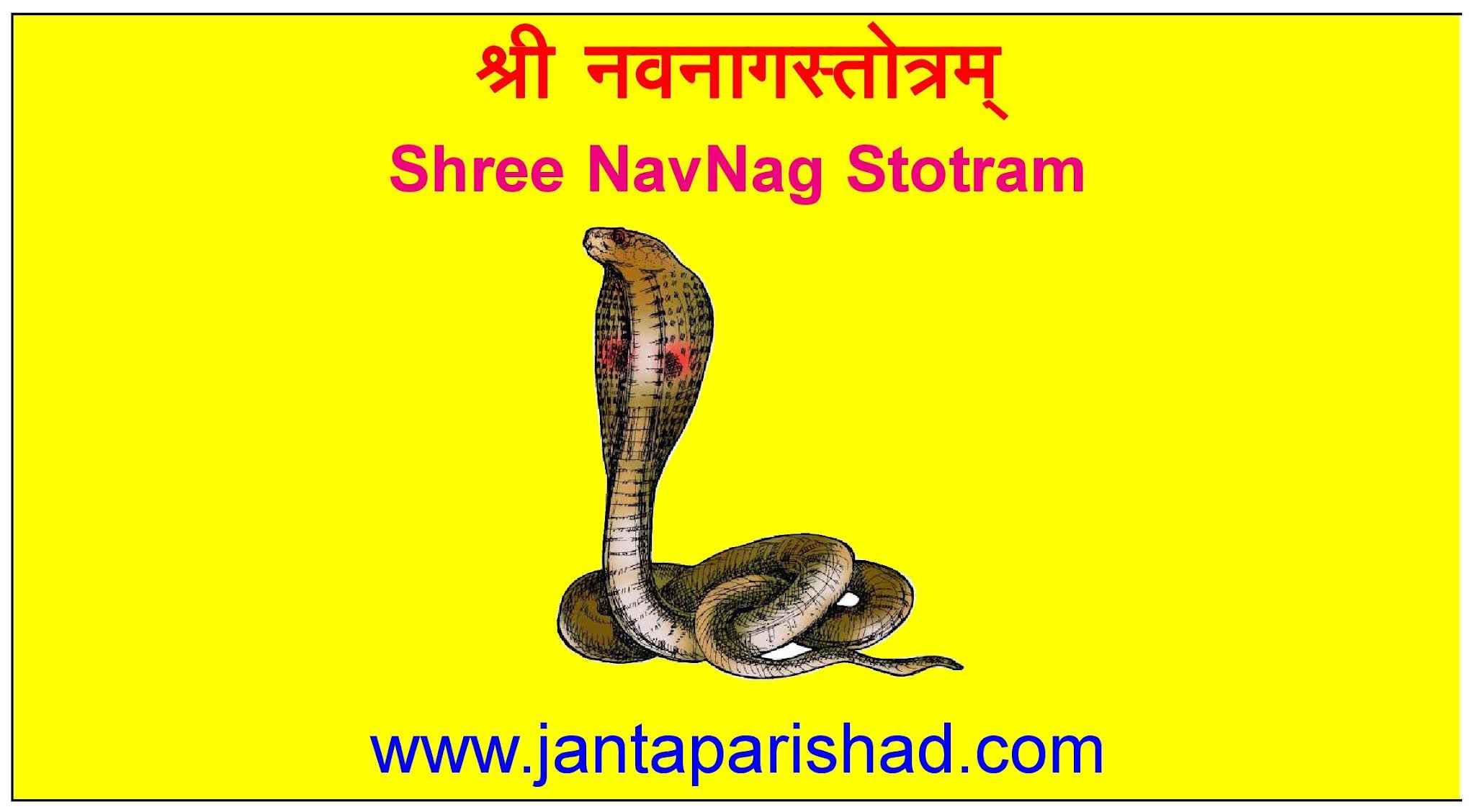
Abhandlungen für die Kunde des Morgenlandes. Publication Division, Ministry of Information and Broadcasting, Government of India. Pali aṅgāraka - masculine 'Mars', Sanskrit aṅāro masculine Tuesday. Pali aṅgāraka - 'red like charcoal' Sanskrit aṅārī 2.

aṅgāraka 126 aṅgāraka '(hypothetical) red like embers', masculine 'charcoal'. Archived from the original on 15 December 2012. Digital Dictionaries of South Asia, University of Chicago. A comparative dictionary of the Indo-Aryan languages.

Journal of the Royal Asiatic Society of Great Britain and Ireland. Antiquities of India: An Account of the History and Culture of Ancient Hindustan. The ritualistic Mimamsa school of Hinduism did not include any mangala (auspicious) verses in any of its text throughout the 1st millennium CE. In the Vedic texts, states Christopher Minkowski, there is no mention of auspicious rituals, or auspicious start or timing of a ritual, rather the 'mangala' as auspicious practices likely emerged in the Indian traditions during the medieval era (after mid 1st millennium CE), thereafter found in Hinduism, Buddhism and Jainism. Panini too mentions it in verse I.3.1 in a similar context.

The word Mangala is ancient, first appearing in the Rigveda (pre-1000 BCE), and mentioned by grammarian Patanjali (~2nd century BCE), but not as an astrological term, rather to mean 'auspicious-successful' ( siddha) structure in literary arts.


 0 kommentar(er)
0 kommentar(er)
